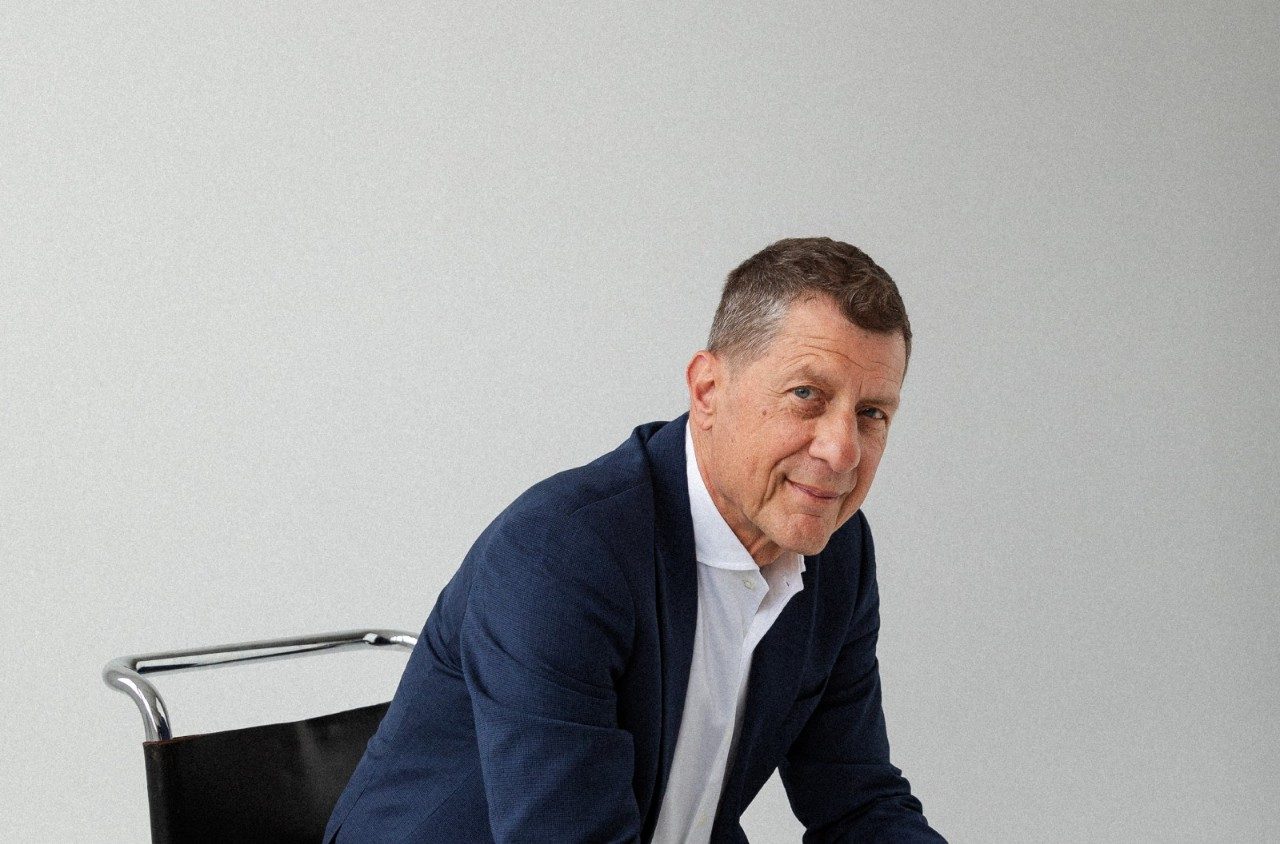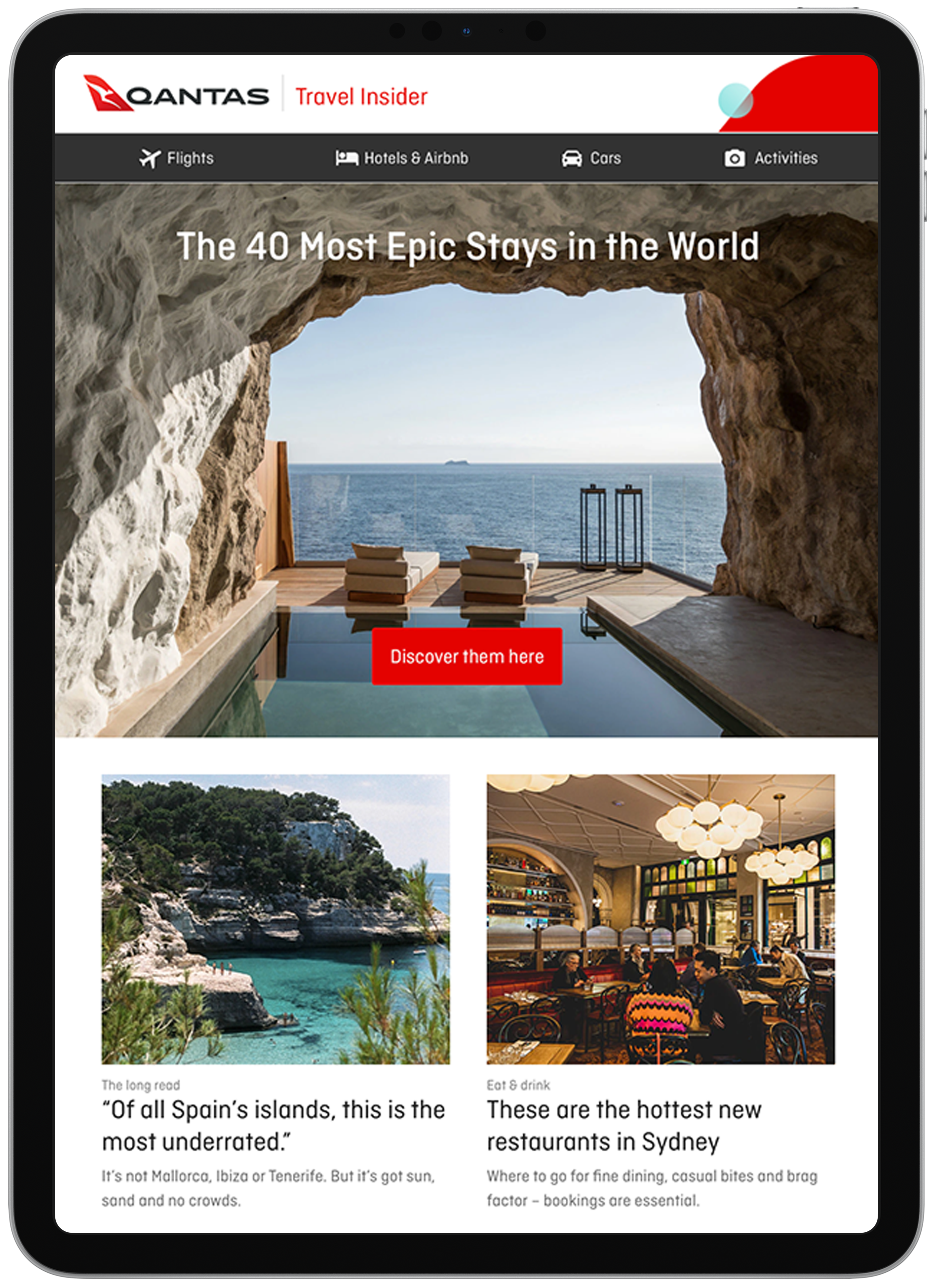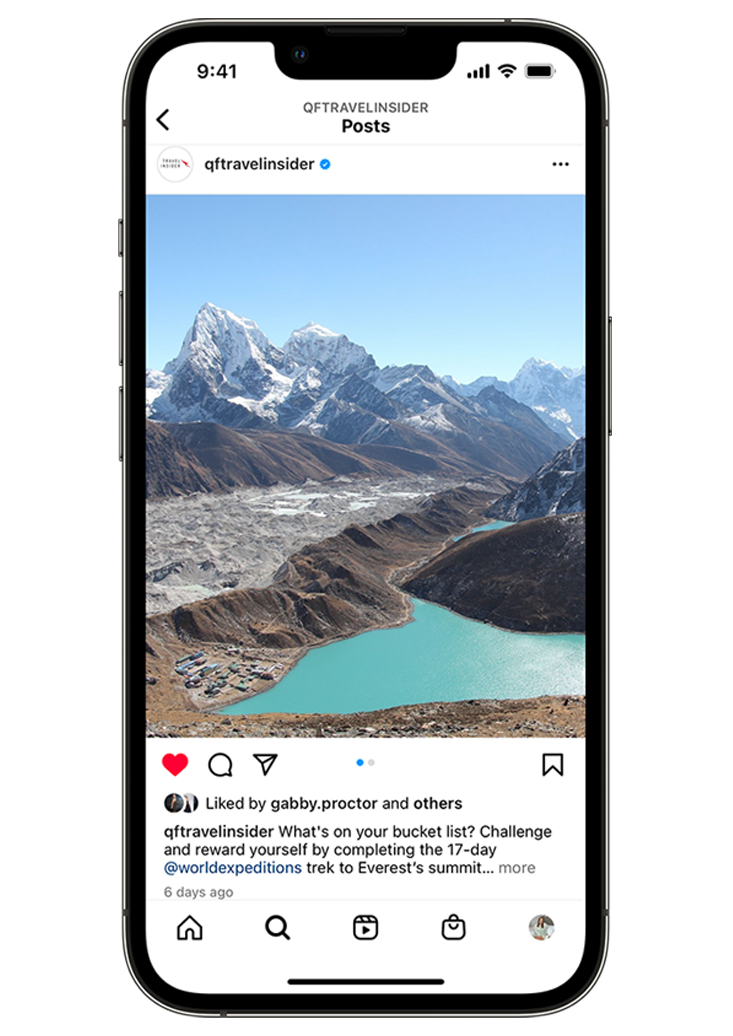5 Minutes With Former Apple and Xero CEO Steve Vamos

More than 40 years in the technology and digital media industries at firms such as Xero, Apple and IBM has shaped this leader’s insight into what it means to be a great CEO.
My first job was at Epping Cellars in Sydney and because I was underage, I was given the worst tasks. The worst of all was cleaning the toilet. When you start out, you have to be willing and understand that there’s work to be done – someone has to do it and it may as well be you. A boss of mine had this great saying: “Don’t give people jobs to do that you wouldn’t do yourself.” It really stuck with me.
My first lesson in good leadership was from a boss called Joe Pritchard. I had moved from Epping Cellars to St Ives Cellars. When I was mopping the floor he tapped me and said, “Steve-o, you’re a good bloke but you don’t know how to mop a floor. Let me show you how.” And then he went through the motions of showing me how to do it. There’s a kind way to tell someone they’re not doing a good job and as a manager you’re there to help people get better and to learn.
The first tough situation I faced was announcing the first downsizing redundancies in IBM history in Australia. I think it was 1991 and I was the branch manager in Western Australia. Up until that moment, it had been “jobs for life”. I didn’t sleep the night before. I had a scripted speech to give so I didn’t get it wrong and then afterwards, I made sure to speak to every employee who was affected, one to one. Your actions affect those who stay potentially more than those who go and there’s a respectful way to do the hardest things.
I surprised myself when I first realised that strength as a leader is how you coach and support others more than your own individual capabilities. When I was managing director of Apple Australia, I was in my late 30s and I always felt under pressure to know the answer to things. I remember sitting in my office on my own when suddenly the penny dropped: “Hey, I don’t need to know the answer to stuff. I need to know how to get it and how to help others get it.” It was like this weight was lifted off me. A lot of leaders are still the star player rather than the head coach. There’s a big difference.
Defining moment
“The most pivotal career experience I’ve had was being CEO of Ninemsn from 1998. It shaped me as the leader I am today and if it wasn’t for Ninemsn, I may not have written my book [Through Shifts and Shocks: Lessons from the Front Line of Technology and Change]. I went from being an IT sales executive at Apple and IBM to running a digital media business. Being there at the dawn of the digital media age opened the door to staying relevant. I joined the Telstra board then became Xero CEO. Being in a business where I could serve, help and coach others, and solve problems led me to understand that’s the most effective way to be a CEO.”

Start planning now
SEE ALSO: 5 Minutes With FIFA’s Moya Dodd
Image credit: River Bennett Photography


